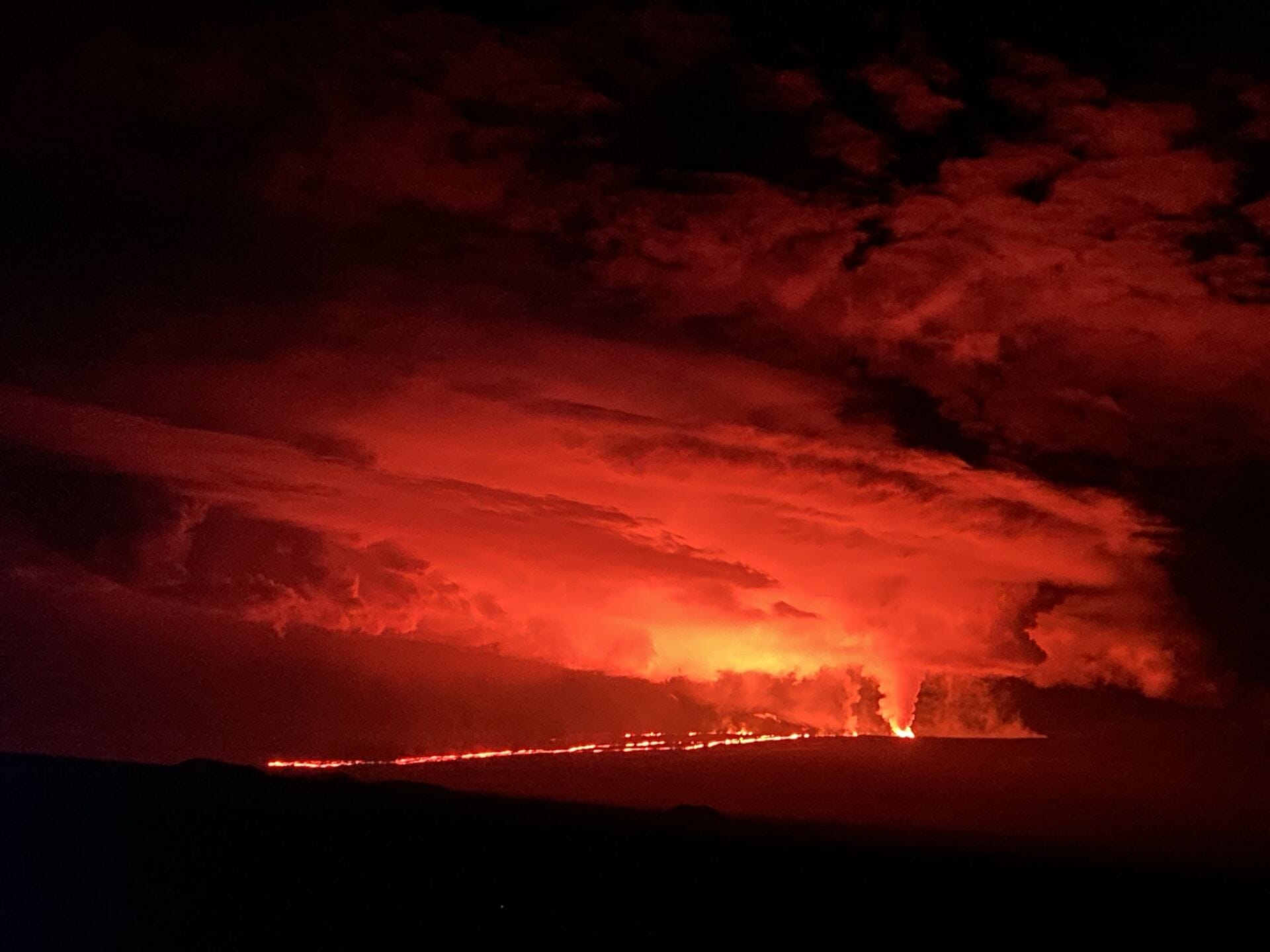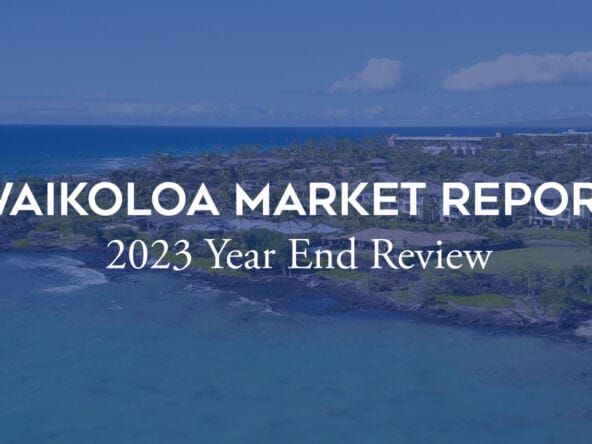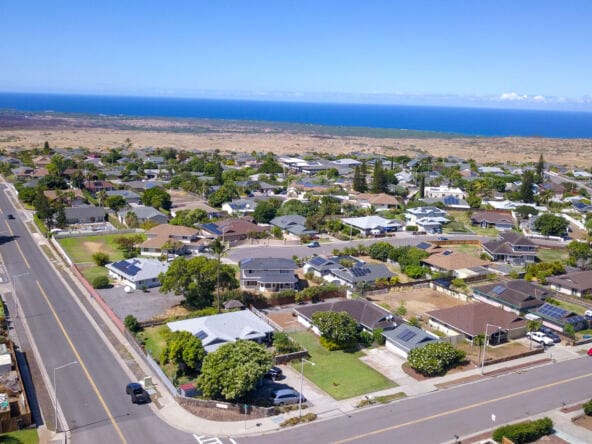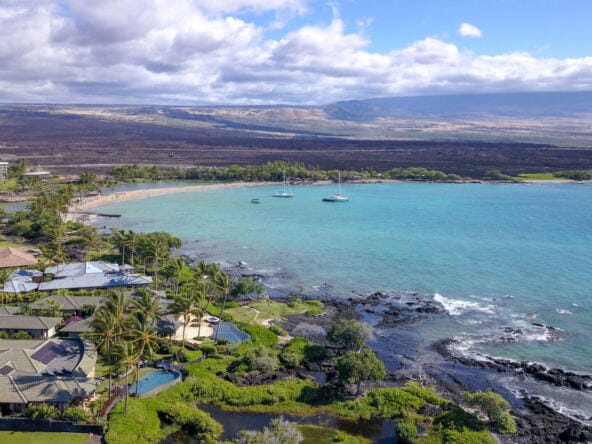The Big Island of Hawaii is not only known for its stunning landscapes and natural beauty but also for its geological diversity, including its lava zones. These lava zones play a crucial role in shaping the real estate market, mortgage financing, and the ability to secure residential property insurance on the island. In this blog post, we will explore the various lava zones on the Big Island and their significant impact on these aspects of homeownership.
Understanding the Lava Zones
Before delving into the implications of lava zones, let’s simplify the descriptions of the different zones:
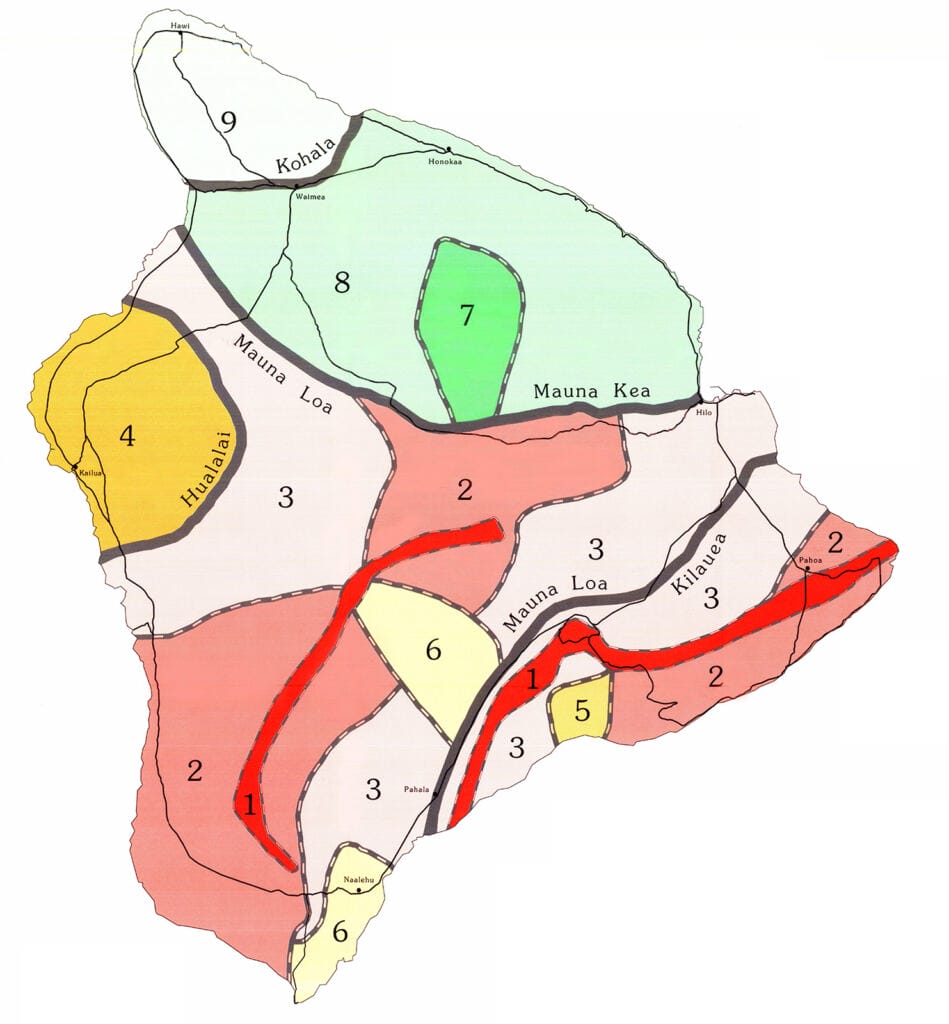
Source: United States Geological Survey (USGS)
Zone 1: This zone includes the summits and rift zones of Kilauea and Mauna Loa, where volcanic vents have been repeatedly active in historical times.
Zone 2: Areas adjacent to and downslope of Zone 1. A significant portion of Zone 2 has been covered by lava since 1800, with hazard levels decreasing as one moves away from Zone 1.
Zone 3: Less hazardous than Zone 2 due to greater distance from recently active vents and/or topographical features. A smaller percentage of Zone 3 has experienced lava coverage since 1800.
Zone 4: Encompasses all of Hualalai, characterized by lower eruption frequency compared to Kilauea and Mauna Loa. Lava coverage is proportionally smaller.
Zone 5: This area on Kilauea is currently protected by natural topography.
Zone 6: Two areas on Mauna Loa, both sheltered by topographical features.
Zone 7: The younger part of dormant volcano Mauna Kea, with approximately 20% of this area having been covered by lava in the past 10,000 years.
Zone 8: The remaining part of Mauna Kea, with only a few percent having experienced lava coverage in the past 10,000 years.
Zone 9: Kohala Volcano, which last erupted over 60,000 years ago.
Impact on Real Estate
The lava zones on the Big Island have a profound influence on real estate. Properties in Zones 1 and 2, where volcanic activity is more recent, often face significant challenges. Potential buyers are aware of the risks associated with living in these zones, which can result in reduced demand and lower property values.
In contrast, Zones 3 to 9 generally offer a more stable real estate market. These areas are considered less hazardous due to their distance from active vents or the presence of natural protective barriers. As a result, properties in these zones tend to be more desirable and retain their value more effectively.
Mortgage Financing Challenges
Obtaining a mortgage for properties located in Zones 1 and 2 can be challenging. Lenders are cautious about lending in high-risk areas, which may lead to stricter lending criteria, higher down payment requirements, and potentially higher interest rates. Buyers in these zones must be prepared for these additional financial considerations.
In contrast, Zones 3 to 9 present fewer obstacles when it comes to mortgage financing. Lenders are more comfortable with properties in these areas, and buyers may benefit from more favorable mortgage terms.
Securing Residential Property Insurance
One of the most significant concerns for homeowners in lava-prone zones is securing property insurance. In Zones 1 and 2, insurers may either charge significantly higher premiums or, in some cases, decline coverage altogether due to the elevated risk of volcanic activity.
For homeowners in Zones 3 to 9, the process of obtaining property insurance is generally more straightforward. While insurance companies still assess risk, the presence of natural protective features and the lower likelihood of recent volcanic activity make these properties more insurable and affordable in terms of insurance premiums.
Waikoloa Lava Zone 3
Waikoloa, nestled within lava zone 3, enjoys a relatively safer position owing to its substantial distance from the summit and rift zones of Mauna Loa. The last significant eruption from Mauna Loa occurred in 1859, and the lava flow upon which the Waikoloa Beach Resort now stands is believed to have taken place in 1800-1801. While the community is unlikely to face the direct impacts of an eruption, residents occasionally experience the tremors of earthquakes originating from the nearby Mauna Loa, serving as a reminder of the dynamic geological forces that shape this enchanting region.
In conclusion, the lava zones on the Big Island of Hawaii play a crucial role in the real estate market, mortgage financing, and residential property insurance. Prospective buyers must carefully consider the implications of these lava zones when purchasing a home, recognizing that their choice of location will significantly impact their homeownership experience. While the allure of living near a volcano is undeniable, it comes with its unique set of challenges and considerations that should not be taken lightly.
For more information about lava zones, visit the United States Geological Survey (USGS) website.


